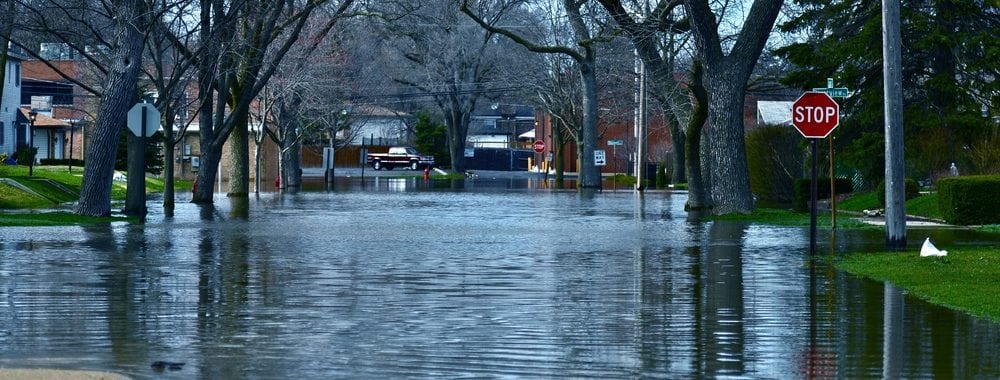Heavy rains in spring are damaging enough when flooding occurs outside and, more devastatingly, indoors. When sewage backup happens the problem goes from bad to worse. Now instead of just water, you’re dealing with wastewater which is a dirty, smelly mess. In addition to the ick factor – you now have potential health risks to consider for you and your family.
Common Causes for Sewage Backup
Dry weather typically means sewage backup occurs due to clogged pipes. That clogging is typically created due to a blockage. Causes include items flushed that aren’t easily broken down, tree roots that have encroached on pipes, oils/fats that were poured down a drain, or soil that has collapsed the pipe.
With wet weather, a sewage overflow can occur with higher than usual rainfall amounts mix with water from melting snow. This combination becomes too much for the property drainage system to handle. If water levels rise above the drainage system, wastewater could find itself flowing into your home.
How to Prevent Sewage Overflow During Wet Weather
While you can’t stop mother nature from dropping rain during the spring, there are a few things that homeowners can do to protect their home and family’s health.
-
Install a sump pump. When heavy rains fall, a sump pump has one job – direct the water away from your basement and your home. The pump is your first line of defense and is installed in a shallow pit in your foundation. Excess water gathers in the pit, and once the water has filled the pit, the pump is activated and begins moving water quickly away from the basement.
-
Use water alarms. Water alarms are an inexpensive, but highly effective way to alert when water levels begin to rise. Sensors are installed in areas of the home that are prone to water leaks. When water collects in the area, a sensor will go off, alerting through text or audio of a problem. This allows ample time for response and to fix the issue before sewage backup becomes an issue.
-
Automatic Backwater Valve. Public line sewage backup can be stopped quickly by installing a valve that only allows water to flow in one direction. When sewage water reaches a level above the house drain, the valve is set to close off and stop the backwater from flowing into the house. Once the water level drops, air in the chamber decompresses and the valve will reopen.
Spring is around the corner, and protecting your home against sewage flooding is important before the rainy weather strikes! Work with a professional to assess your home and respond to any potential issues. This is the easiest and best way to ensure that flooding does not occur in your home.
If you find yourself in a situation where you are already dealing with the aftermath of sewage backup, McMahon Services is here to help. We will quickly and safely remove the wastewater from your home, cleaning and drying the area to return it to pre-damage conditions.
Call us today, and if necessary, our emergency water and sewage clean up team is ready 24 hours a day 7 days a week!

